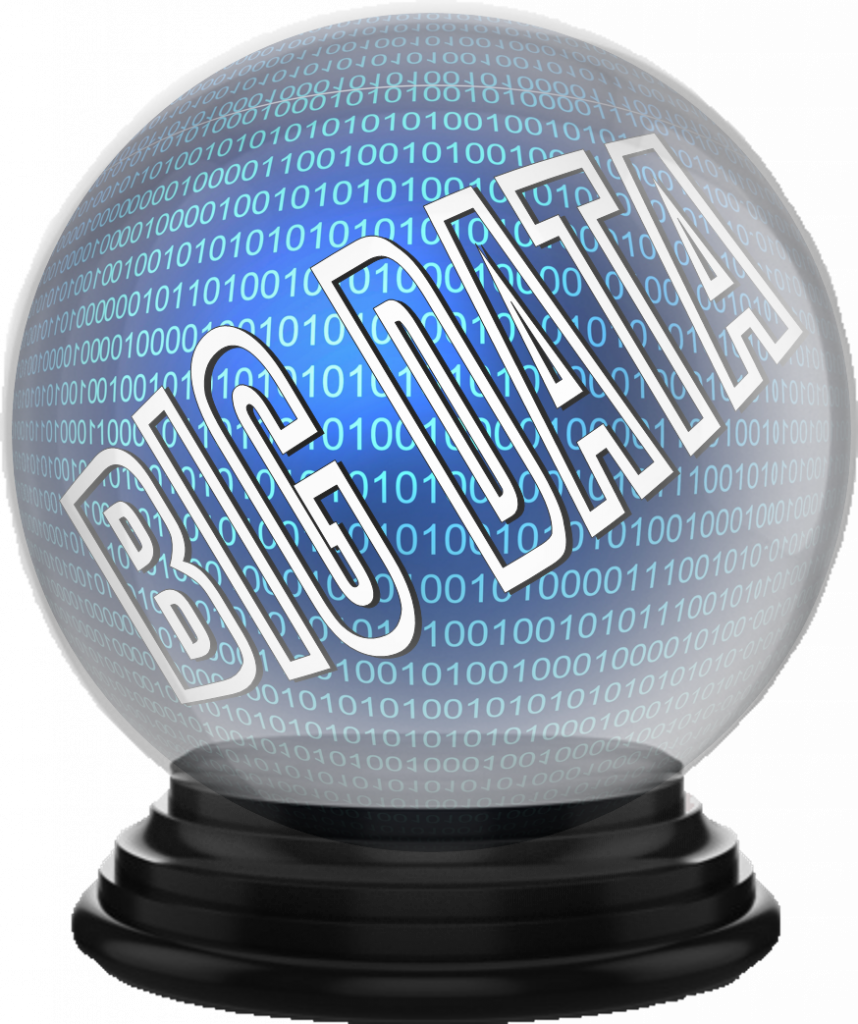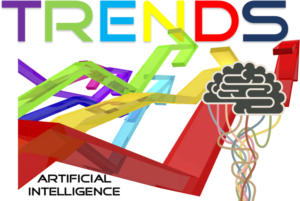There is no denying we live in the Digital Age and that data is driving the economy. Back in 2014, Joris Toonders (@joristoonders), the entrepreneur behind Yonego, wrote, “Data in the 21st Century is like Oil in the 18th Century: an immensely, untapped valuable asset. Like oil, for those who see Data’s fundamental value and learn to extract and use it there will be huge rewards. We’re in a digital economy where data is more valuable than ever. It’s the key to the smooth functionality of everything from the government to local companies. Without it, progress would halt.”[1] Yossi Sheffi (@YossiSheffi), the Elisha Gray II Professor of Engineering Systems at MIT, asserts, “The well-worn adage that a company’s most valuable asset is its people needs an update. Today, it’s not people but data that tops the asset value list for companies.”[2] The bottom line is that companies can no longer ignore either the benefits big data can provide or the risks involved in maintaining large databases. Following are some of the trends experts have identified in the big data space that stakeholders should watch for in the coming years.
Big Data Trends
The Rise of Chief Data Officers (CDO). If, as Sheffi asserts, data is now an organization’s most valuable asset, it makes sense that a C-level executive would be put in charge of that asset. One of the organizations to jump on this trend is the Coca-Cola Company, which recently named a Chief Data Officer. Technology Writer Priya Dialani (@priyadialani248) writes, “As the volume of data continues developing, … enlisting a CDO is transforming into the norm. The [requirement] for these experts will [remain a big data trend] for quite a long time.”[3]
Sharper Focus on Data Governance. The staff at Data Science PR notes, “As companies continue collecting progressively large quantities of big data, the risk goes up that they may misuse it. That’s why many experts expect a renewed emphasis on data governance.”[4] Rita Sallam (@rsallam), a Distinguished Vice President analyst at Gartner, predicts artificial intelligence will play an important role in data governance. She explains, “AI techniques are being used to recommend the next best action, or auto-discovery of metadata, or auto-monitoring of governance controls, among many others. This is enabled by a concept Gartner is calling data fabric. Gartner defines data fabric as something that uses continuous analytics over existing, discoverable, and inferenced metadata assets to support the design, deployment, and utilization of integrated and reusable data objects, regardless of deployment platform or architectural approach.”[5]
Augmented Analytics for Faster Decision-making. Technology writer Puja Das predicts, “2021 will see more emphasis on actionable data. … While a business can invest in the high-end big data software and tools, data in itself is useless without analysis as it mostly exists in excessively mind-boggling, unstructured, multi-format, and voluminous form. So, businesses will focus on data analytics that [can] help extract actionable data insights. This implies the insights mined can help make business decisions, improve organizational activities, and plan all the more big data use cases.”[6] The Data Science PR staff adds, “Analysts at Gartner see augmented analytics shaping big data future trends. It involves applying technologies like artificial intelligence (AI), machine learning and natural language processing to big data platforms. This helps organizations reach decisions faster and recognize trends more efficiently.”
Use of Data Stories. Sallam predicts, “Data stories, (not dashboards) will become the most widespread way of consuming analytics by 2025, and 75% of these stories will be automatically generated using augmented analytics techniques. AI and machine learning techniques are making their way into business intelligence platforms. In dashboards, users have to do a lot of manual work to dive into further insights. But these data stories provide the insights without requiring the user to perform their own analysis.”
Data in the Cloud. Big data and cloud computing have become traveling companions. Sallam observes, “Cloud is a given. Public cloud services will be essential for 90% of data and analytics innovation by 2022. Cloud-based AI will increase 5x between 2019 and 2023, making AI one of the top workload categories in the cloud.” One of the hottest topics in this area is the increased use of hybrid cloud frameworks that combine a private cloud with one or more public cloud services. Hybrid cloud frameworks provide access to what the CIO Review staff calls “wide data.” The staff notes, “In big data environments, cloud concepts eliminate the limiting of local IT infrastructures of companies. A major theme of the future is Wide Data. This means that IT is increasingly searching for the fragmented, widely distributed data structures generated by inconsistent formatted data and data silos. In the past few years, the number of databases for several data types has doubled from around 160 to 340. The firms that will benefit are those that tackle to bring data together in a meaningful synthesis in the future.”[7]
Creation of Data Marketplaces and Exchanges. Because data is an asset, companies are going to explore ways to monetize that asset. Sallam explains, “Gartner forecasts that 35% of large organizations will be either sellers or buyers of data via formal online data marketplaces by 2022. That’s up from 25% in 2020. This trend is all about accelerating cloud, data science and machine learning, and AI.”
Blockchain Data Will Become More Important. Blockchain technology has moved beyond the cryptocurrency space into the business world and looks to be especially useful in the supply chain arena. Sallam notes, “Gartner believes that within the data and analytics realm, blockchain will be used for vertically specific, business-driven initiatives such as smart contracts.” The value of data contained in blockchain solutions is that it is available to all stakeholders and provides excellent traceability.
Concluding Thoughts
As the business world comes to rely more heavily on big data, it must continue to contend with data’s seven “Vs”, namely: Volume (it’s humongous); Velocity (it’s being generated at breakneck speeds); Variety (it comes in structured, semi-structured, and unstructured ways); Veracity (not all data is good data); Value (data must be analyzed); Vulnerability (databases come under constant hacker attack); and, Virtue (the ethical use of big data). Mary E. Shacklett (@MaryShacklett), President of Transworld Data, notes, “Big data continues to enter corporate networks at torrential rates, with the amount of poor data that companies obtain or use costing the US economy an estimated $3.1 trillion annually. More effort needs to be made to screen data as it comes in, and to properly clean and prepare data before it is added to corporate data repositories. … As the need grows for more data to be pulled together from disparate sources, an over-arching hybrid cloud architecture that includes cloud and on-prem platforms should be formalized, and enterprise security and governance should be uniformly applied throughout.”[8] The bottom line is this: Companies can no longer afford to ignore any aspect of how data is gathered, stored, analyzed, and used.
Footnotes
[1] Joris Toonders, “Data is the New Oil of the Digital Economy,” Wired, July 2014.
[2] Yossi Sheffi, “What is a Company’s Most Valuable Asset? Not People,” Supply Chain @ MIT, 20 December 2018.
[3] Priya Dialani, “Top 10 Big Data Trends of 2020,” Analytics Insight, 24 September 2020.
[4] Staff, “6 Important Big Data Future Trends,” Data Science PR, June 2020.
[5] Jessica Davis, “Top 10 Data and Analytics Trends for 2021,” InformationWeek, 13 November 2020.
[6] Puja Das, “Top Trends in Big Data Analytics that Will Dominate in 2021,” Analytics Insight, 9 November 2020.
[7] Staff, “Big Data Trends to Watch Out in 2020,” CIO Review 19 November 2020.
[8] Mary E. Shacklett, “7 big data goals for 2021: AI, DevOps, hybrid cloud, and more,” TechRepublic, 26 November 2020.





